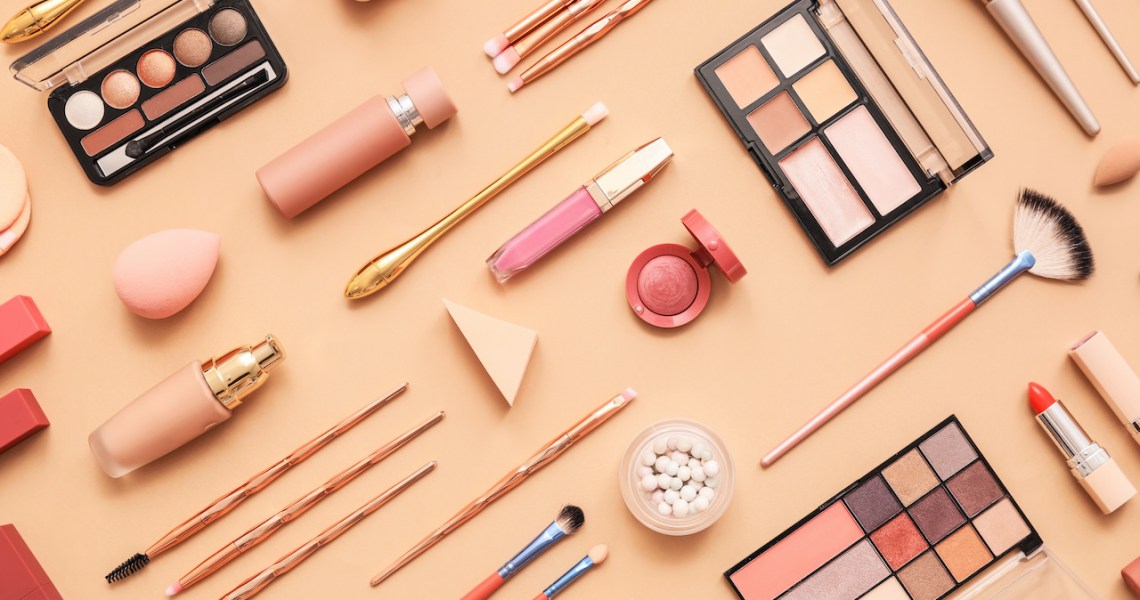Blitz News Digest
Stay updated with the latest trends and insights.
The Secret Life of Your Lipstick: What It's Really Up To
Discover the hidden secrets of your lipstick! Unveil what it’s really doing when you’re not wearing it. Don’t miss this colorful revelation!
Unveiling the Ingredients: What’s Really Inside Your Lipstick?
Unveiling the Ingredients in your lipstick is crucial not only for beauty enthusiasts but also for those mindful of what they apply on their skin. Many lipsticks contain a variety of components that can impact both health and aesthetic appeal. Common ingredients include waxes, such as beeswax or carnauba wax, which provide structure and allow for smooth application. Additionally, oils such as castor oil or jojoba oil are often included to provide hydration and give lipsticks their creamy texture.
However, it's important to be aware of potentially harmful additives. Ingredients like parabens, used as preservatives, and synthetic dyes for vibrant colors can cause issues for some individuals. Moreover, some lipsticks contain heavy metals like lead, which have raised concerns regarding safety. Understanding these elements can empower consumers to make informed decisions, ensuring that their choice of lipstick is both beautiful and safe for everyday use.

The Hidden Journey of Your Lipstick: From Production to Application
Your lipstick's journey begins deep within the Earth, where natural ingredients such as waxes, oils, and pigments are extracted. These raw materials are meticulously sourced, and their quality is paramount to creating a standout product. Production processes involve blending these components into a formula that provides the desired color, texture, and longevity. Once the manufacturing process is complete, the lipstick is poured into tubes and packaged for the retail world. The production cycle emphasizes not just creativity but also sustainability, as many brands are now focusing on eco-friendly practices.
Once your lipstick hits the shelves, its adventure continues with the consumer. The application process is an intimate ritual for many, transforming not just the lips but also the mood and confidence of the wearer. Applying lipstick is more than just a beauty step; it's an expression of personal style and self-care. Many individuals have their own application techniques, whether it’s using a brush for precision or going directly from the tube for convenience. Each swipe of lipstick tells a story, reflecting the hidden journey it took from the factory to your vanity, making it an essential component of makeup artistry.
Is Your Lipstick Toxic? Debunking Common Myths About Lipstick Ingredients
When it comes to cosmetics, the question of whether lipstick is toxic often arises, fueled by a myriad of myths circulating in beauty communities. Many people worry about ingredients like lead, parabens, and synthetic dyes. However, it's essential to understand that regulations in many countries require cosmetic products to meet specific safety standards. The rumor about lead in lipstick mainly stems from trace amounts found in some formulations, but these levels are typically far below what could pose a health risk. Furthermore, FDA studies confirm that lead levels in lipsticks are safe for use, debunking the myth that all lipsticks are hazardous due to this ingredient.
Another common concern is the use of synthetic ingredients in lipsticks. While some individuals prefer natural cosmetics, it's crucial to recognize that not all synthetic ingredients are harmful. For instance, artificial colorants and preservatives are often used to enhance the product's shelf life and pigment stability. The key is to be informed about what each ingredient does. Consumer education can help individuals make better choices, leading to a more sensible view. With proper knowledge, you can confidently select a lipstick that not only meets your aesthetic desires but is also safe for daily use.